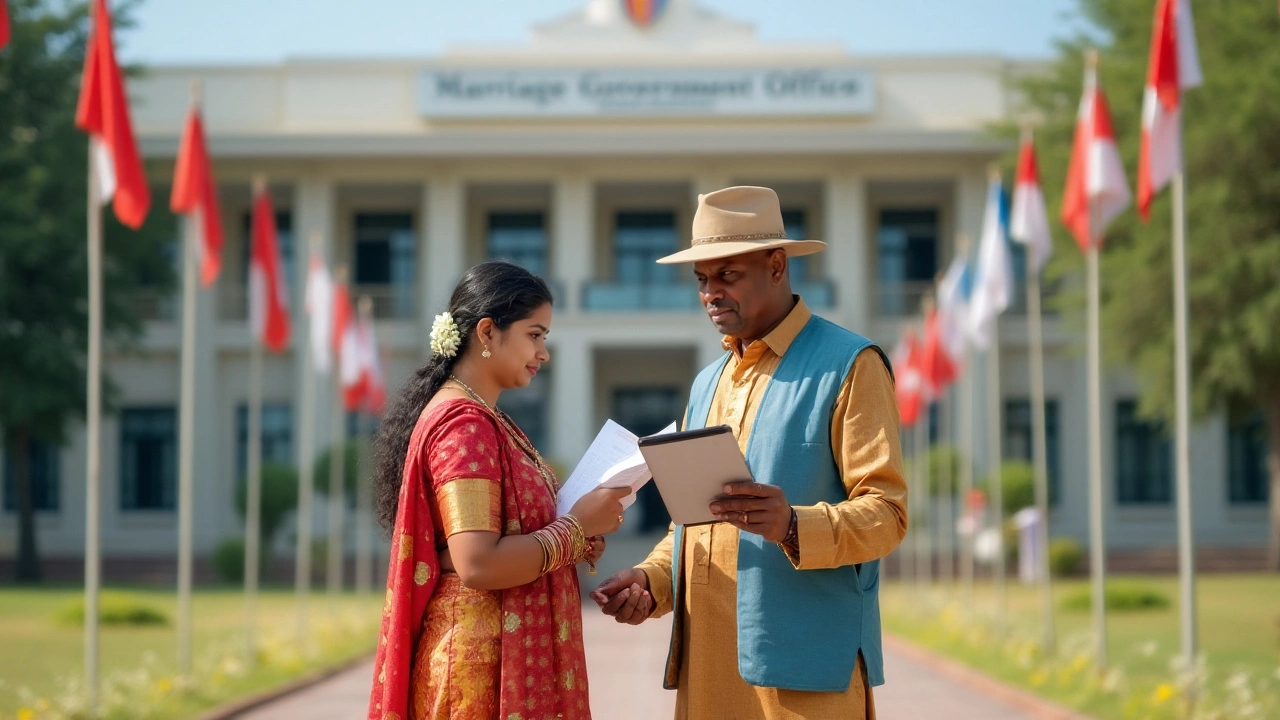Foreign Marriage Registration: Quick Guide for Indians & NRIs
Got married abroad and now need it recognized in India? You’re not alone. Thousands of couples face the same question each year, and the process isn’t as scary as it sounds once you know the basics. Below we break down why you should register, what you’ll need, and the exact steps to finish the paperwork without endless back‑and‑forth.
Why Register a Foreign Marriage?
First off, a foreign marriage isn’t automatically valid under Indian law. Without registration you can hit roadblocks when applying for a visa, claiming inheritance, or filing taxes. A registered marriage also protects both partners in case of divorce or legal disputes, giving you a clear record that courts will accept.
Step‑by‑Step Registration Process
1. Gather the core documents. You’ll need a certified copy of your foreign marriage certificate, a passport‑size photo of each spouse, and valid passports. If the certificate isn’t in English, get a notarized translation.
2. Prepare an affidavit. This is a simple statement confirming the marriage, signed by both partners and notarized. The affidavit should mention the date, place, and that the marriage follows the local laws of the country where it took place.
3. Get a No‑Objection Certificate (NOC) if required. Some Indian embassies issue an NOC for marriages performed abroad. Check the Indian embassy or consulate website of the country where you married for specific rules.
4. Fill the application form. The form is available on the e‑Marriage portal of the Ministry of Home Affairs. It asks for personal details, marriage date, and place of ceremony. You can submit the form online, but many states still require a hard copy filed at the local Registrar of Marriages.
5. Pay the fee. Fees differ by state, usually ranging from INR 500 to INR 2000. Keep the receipt; you’ll need it for the next step.
6. Submit everything to the Registrar. Take the original documents, notarized copies, translations, affidavit, and payment receipt to the office of the Registrar of Marriages in your jurisdiction. Some registrars accept couriered documents, but it’s safer to appear in person if you can.
7. Attend the verification (if asked). In a few cases, the registrar may call you for a short interview to confirm details. This is quick – usually under 15 minutes.
8. Receive the marriage certificate. Once approved, you’ll get a certified Indian marriage certificate. Expect a turnaround of 2‑4 weeks, though some states process faster.
That’s the core flow. A few extra tips can save you headaches:
- Check state‑specific rules. Kerala, Tamil Nadu, and Delhi have slight variations in required forms.
- Keep copies. Always retain a scanned copy of every document you submit.
- Watch for apostille. If your foreign certificate has an apostille stamp, it’s usually accepted without extra legalization.
- Use professional help if stuck. A local lawyer familiar with marriage registration can speed up a stuck case.
By following these steps you’ll have an Indian‑recognised marriage record in no time. No need to repeat the ceremony or chase endless paperwork – just a clear checklist, a few forms, and a visit to your registrar. Got more questions? Our platform offers detailed articles on each document type and region‑specific FAQs to keep you on track.
Registering a foreign marriage is a one‑time effort that pays off whenever you need official proof. Start gathering your papers today and cross the registration off your to‑do list.

Registering a Foreign Marriage in India: What You Need to Know
When marrying abroad, Indian citizens often wonder if they need to register their marriage in India. Understanding whether your foreign marriage holds legal recognition under Indian law is crucial. This article delves into the essentials of registering an overseas marriage in India, highlights the requirements, and discusses potential legal and cultural implications. For Indians living overseas or NRIs, this guidance helps clarify common concerns about legal obligations and recognition of marriages performed in different countries.